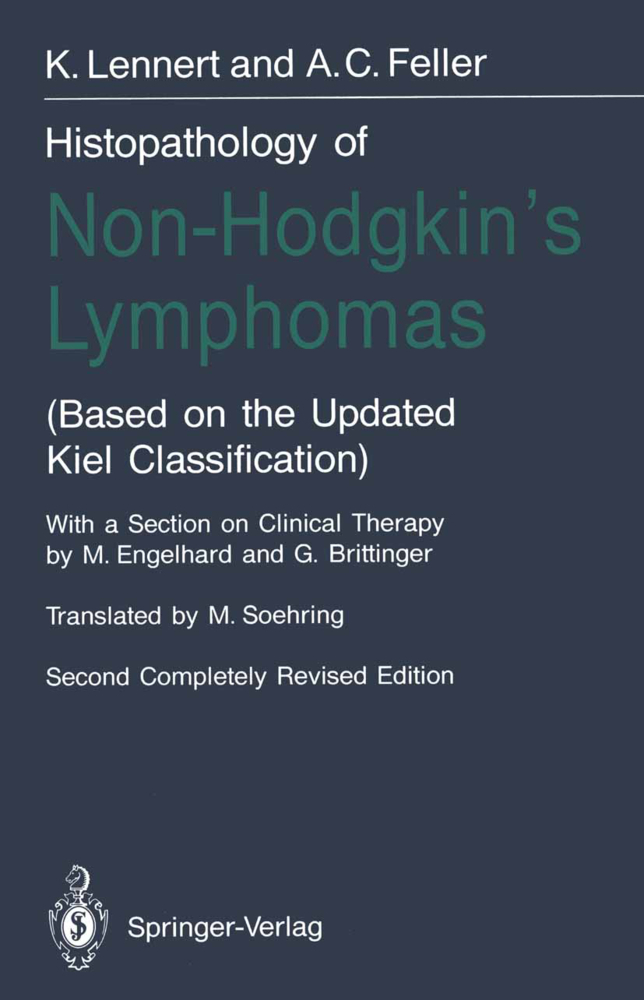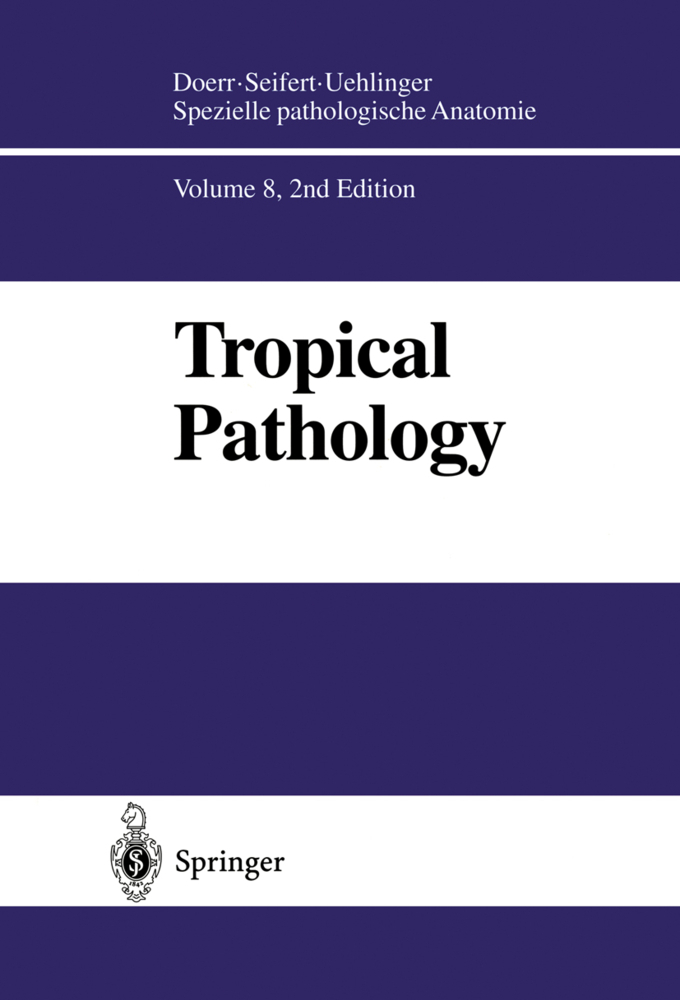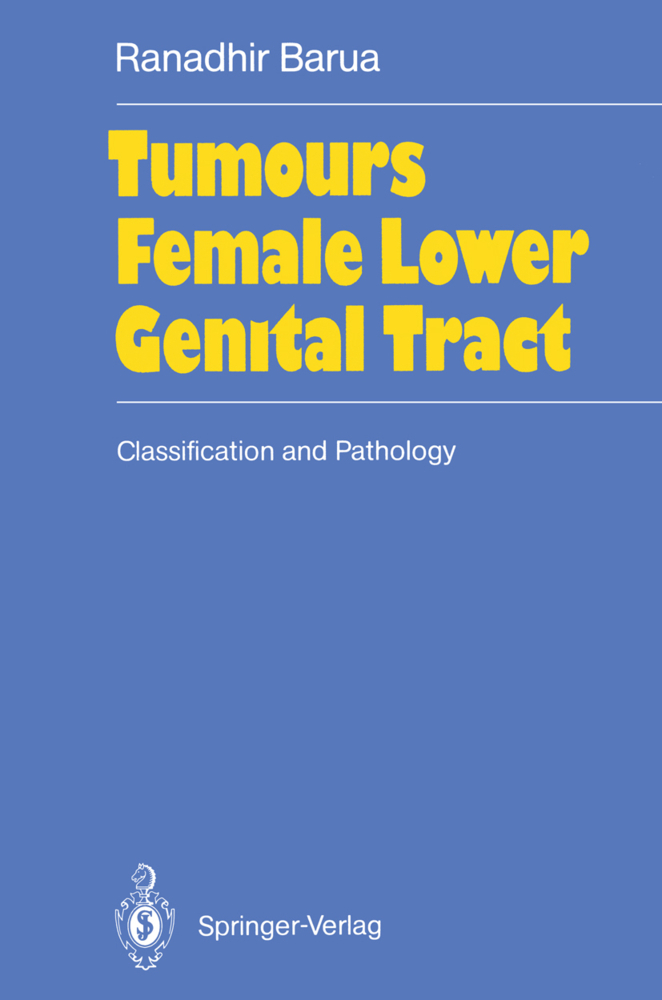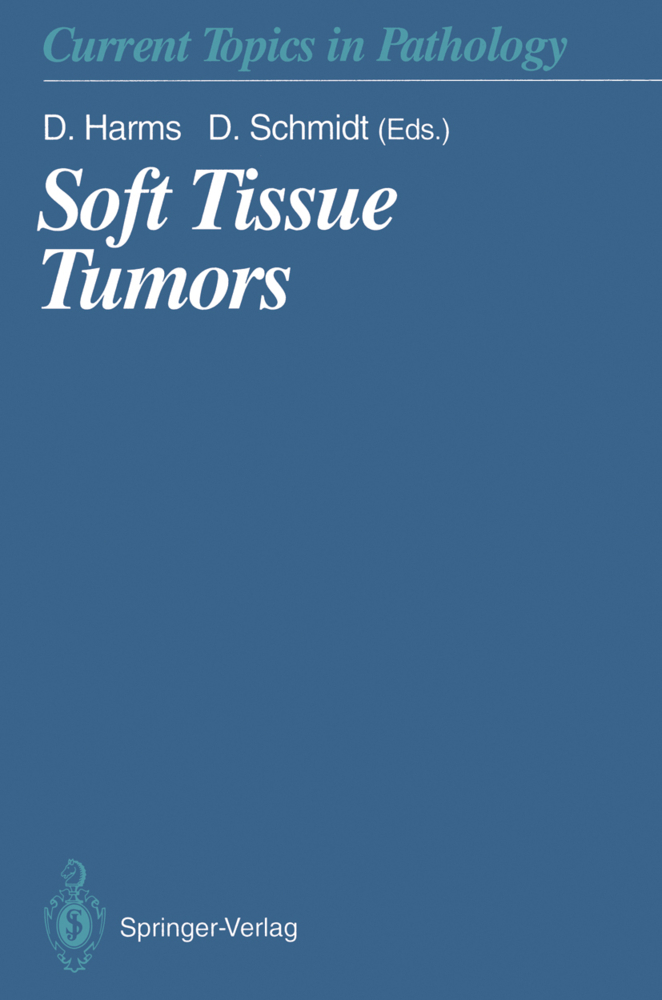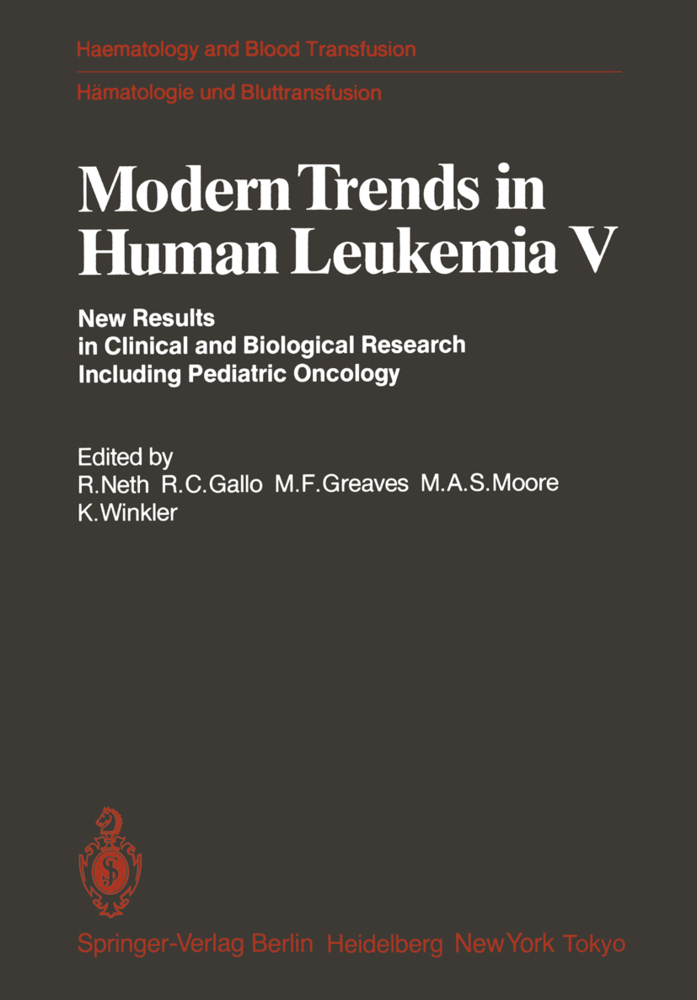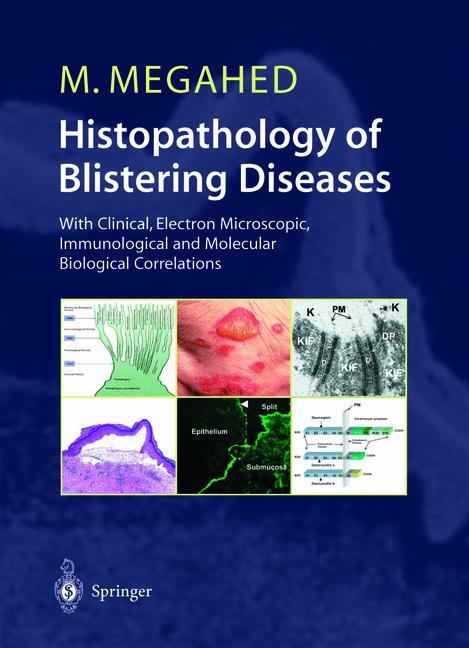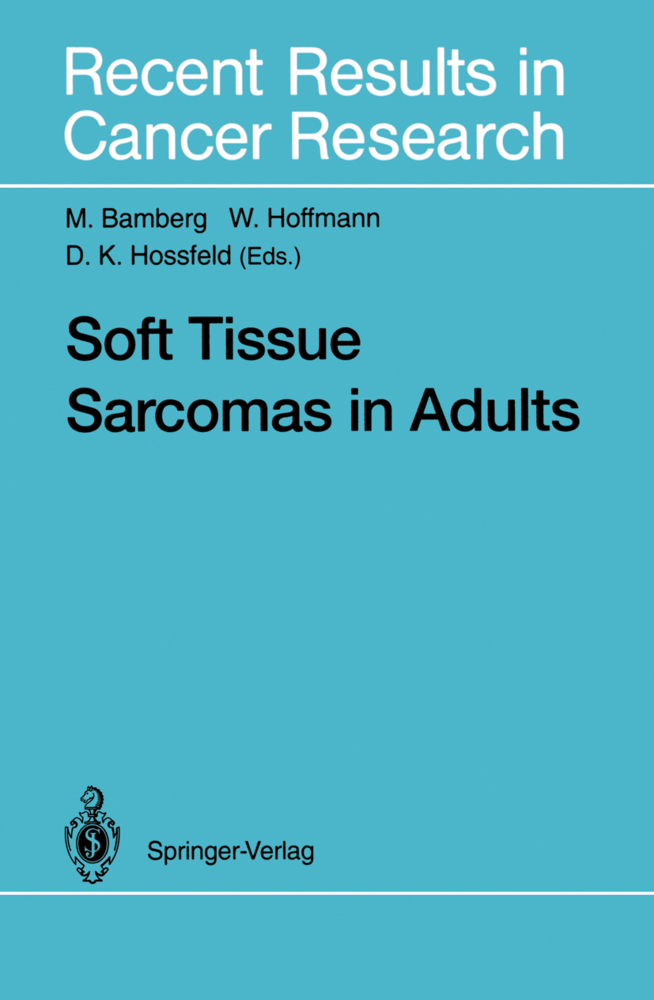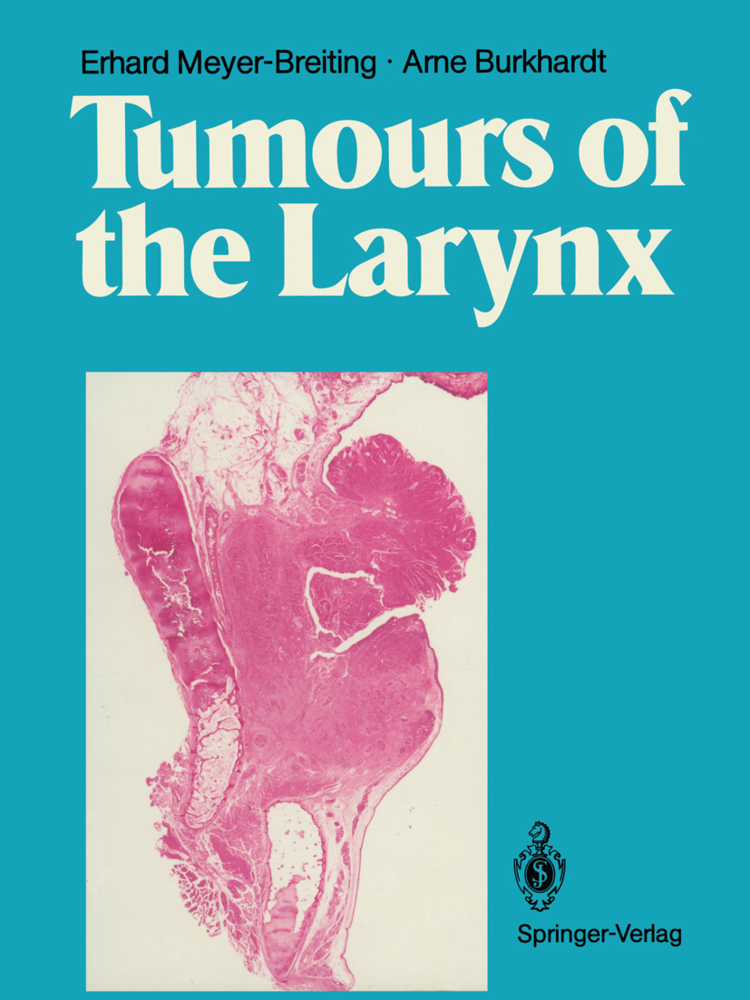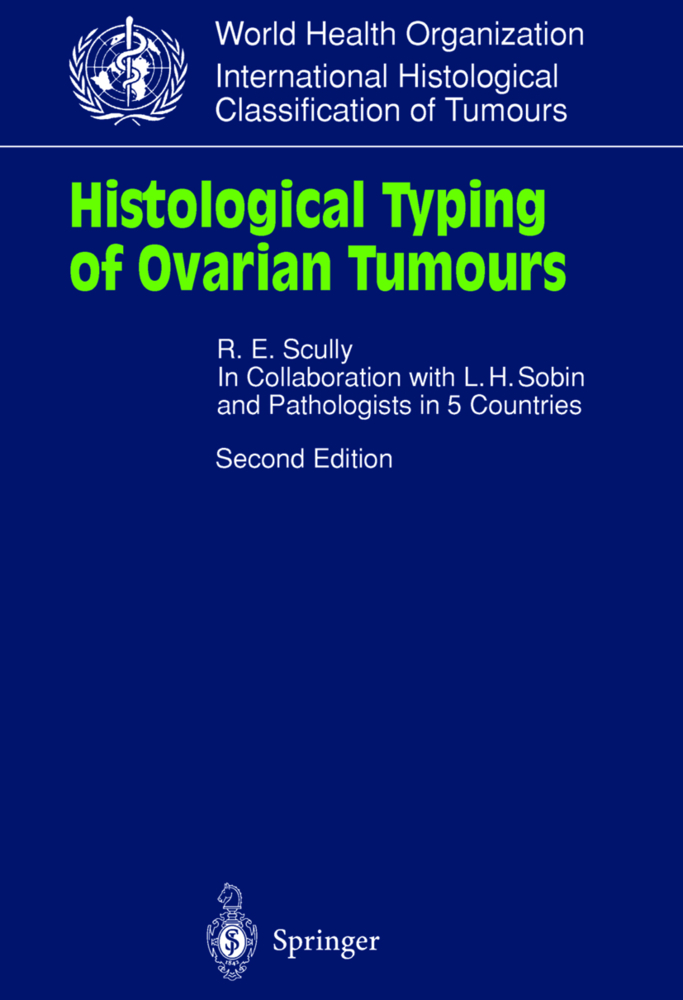Histopathology of Non-Hodgkin's Lymphomas
(Based on the Updated Kiel Classification)
Histopathology of Non-Hodgkin's Lymphomas
(Based on the Updated Kiel Classification)
The 1st Edition of Histopathology of Non-Hodgkin's Lymphomas, written in col laboration with Professor H. STEIN and published in 1981, was received well and is now out of print. In the meantime, there has been an explosion of data that not only have made the definitions of various entities more precise but, above all, have confirmed the main entities originally delineated in the Kiel classification. The development of monoclonal antibodies and molecular cytogenetics has also made it possible to identify T-cell lymphomas more accurately. For example, many of the malignant lymphomas that were previously considered to be unclas sifiable can now be included in a classification scheme that places the T-cell lymphomas alongside of the list of B-cell lymphomas. In 1988 the European Lymphoma Club published an "updated Kiel classification" (STANSFELD et al. 1988) based on this new knowledge. It includes a number of previously undefined types of T-cell lymphoma. Studies done in Japan (T. SUCH! et al.) and China (L. Y Tu) have contributed to the understanding of these lymphoma types.
1.2 Immunohistochemistry and Molecular Genetics as Ancillary Diagnostic Measures
2 The Kiel Classification
2.1 Principles
2.2 Pros and Cons
2.3 Comparison with Other Lymphoma Classifications, Including the Working Formulation
2.4 Cytological Basis
2.5 Statistical Data
2.6 Therapeutic Principles by M. Engelhard and G. Brittinger
3 B-Cell Lymphomas
3.1 Low-Grade Malignant Lymphomas of B-Cell Type
3.2 High-Grade Malignant Lymphomas of B-Cell Type
3.3 Rare and Ambiguous Types of B-Cell Lymphoma
4 T-Cell Lymphomas
4.1 Low-Grade Malignant Lymphomas of T-Cell Type
4.2 High-Grade Malignant Lymphomas of T-Cell Type
4.3 Rare and Ambiguous Types of T-Cell Lymphoma
Addendum: Methods for the Diagnosis of Lymphoma
References.
1 The Diagnosis of Lymphoma
1.1 Practical Tips1.2 Immunohistochemistry and Molecular Genetics as Ancillary Diagnostic Measures
2 The Kiel Classification
2.1 Principles
2.2 Pros and Cons
2.3 Comparison with Other Lymphoma Classifications, Including the Working Formulation
2.4 Cytological Basis
2.5 Statistical Data
2.6 Therapeutic Principles by M. Engelhard and G. Brittinger
3 B-Cell Lymphomas
3.1 Low-Grade Malignant Lymphomas of B-Cell Type
3.2 High-Grade Malignant Lymphomas of B-Cell Type
3.3 Rare and Ambiguous Types of B-Cell Lymphoma
4 T-Cell Lymphomas
4.1 Low-Grade Malignant Lymphomas of T-Cell Type
4.2 High-Grade Malignant Lymphomas of T-Cell Type
4.3 Rare and Ambiguous Types of T-Cell Lymphoma
Addendum: Methods for the Diagnosis of Lymphoma
References.
Feller, Alfred Chr.
Lennert, K.
Paulli, M.
Le Tourneau, A.
Brittinger, G.
Soehring, M.
| ISBN | 978-3-642-97189-1 |
|---|---|
| Medientyp | Buch |
| Auflage | 2. Aufl. |
| Copyrightjahr | 2012 |
| Verlag | Springer, Berlin |
| Umfang | XIV, 312 Seiten |
| Sprache | Englisch |

